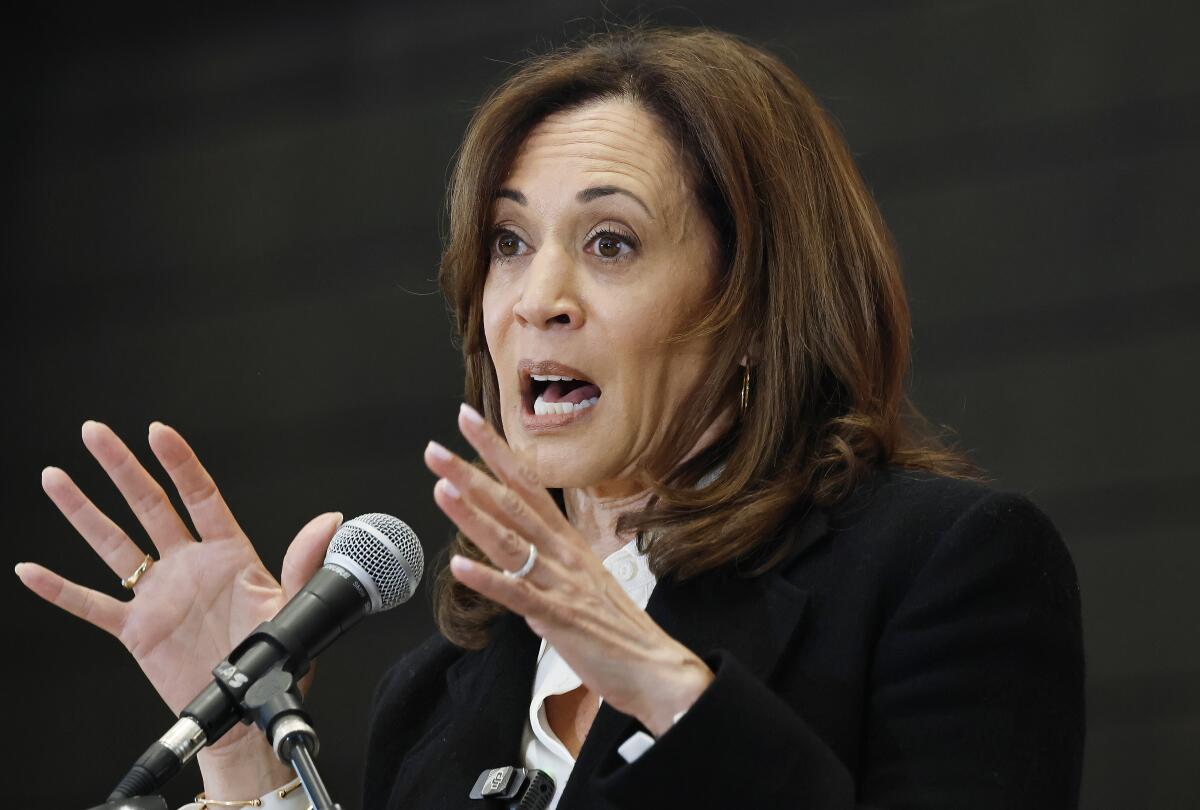Kamala Harris has strategically bypassed a run for California governor, a decision widely seen as a calculated move to preserve her viability for a 2028 presidential campaign. This choice underscores a long-standing disinterest in the state’s top executive role, contrasting sharply with the political ambitions typically associated with such a position.
Her reluctance to pursue the governorship stemmed from the inherent conflict between managing the nation’s most populous state and simultaneously mounting a national presidential bid. Such a dual undertaking has historically proven untenable for past California governors with White House aspirations, making her decision a pragmatic one.
The demands of governing California, often described as a perpetual cycle of crises and legislative complexities, would have significantly diverted her focus and resources from a rigorous presidential campaign. This logistical challenge, combined with the necessity of convincing voters the governorship wasn’t merely a stepping stone, factored heavily into her calculus.
Unlike other prominent political figures who have fiercely pursued the California governorship, Harris has consistently prioritized national political roles. Her 2016 decision to run for the U.S. Senate instead of the governorship highlighted her strategic preference for positions that offer a clearer trajectory toward federal office, ultimately aiming for the presidency.
Insiders close to Harris privately voiced skepticism about her appetite for the administrative rigors of the governorship, including the intricate budgetary processes, legislative negotiations, and relentless public demands. Her two decades in elected office suggest a desire for impact on a different scale, perhaps from a less hands-on, more externally focused role.
Harris herself has indicated a desire to re-engage directly with the American populace, focusing on broader national issues and supporting Democratic candidates across the country. This outward-looking approach reinforces the notion that her ambitions extend beyond state-level governance, firmly placing her sights on a larger political stage.
Should Harris enter the 2028 presidential race, her universal name recognition and robust national fundraising network position her as an initial front-runner. However, this advantage might not deter a potentially crowded Democratic field, echoing her experience in the 2020 primary. Critics have already begun to question her electability, drawing parallels to past political outcomes.
The prospect of a 2028 presidential run also sets up an intriguing potential clash with fellow Californian, Governor Gavin Newsom, who has been increasingly active on the national political scene. Their shared political origins in San Francisco and overlapping donor bases highlight a complex dynamic within the Democratic Party’s potential future leadership.
Historically, former presidents attempting to return to power via a governorship have faced significant hurdles, as exemplified by Richard Nixon’s failed California gubernatorial bid post-presidency. While not a direct parallel, such precedents underscore the distinct challenges and perceptions associated with movements between state and national political arenas.






Leave a Reply